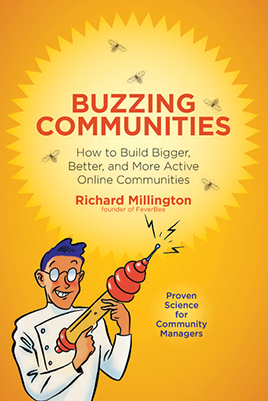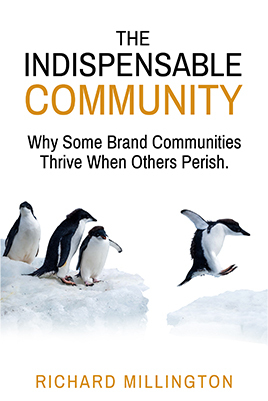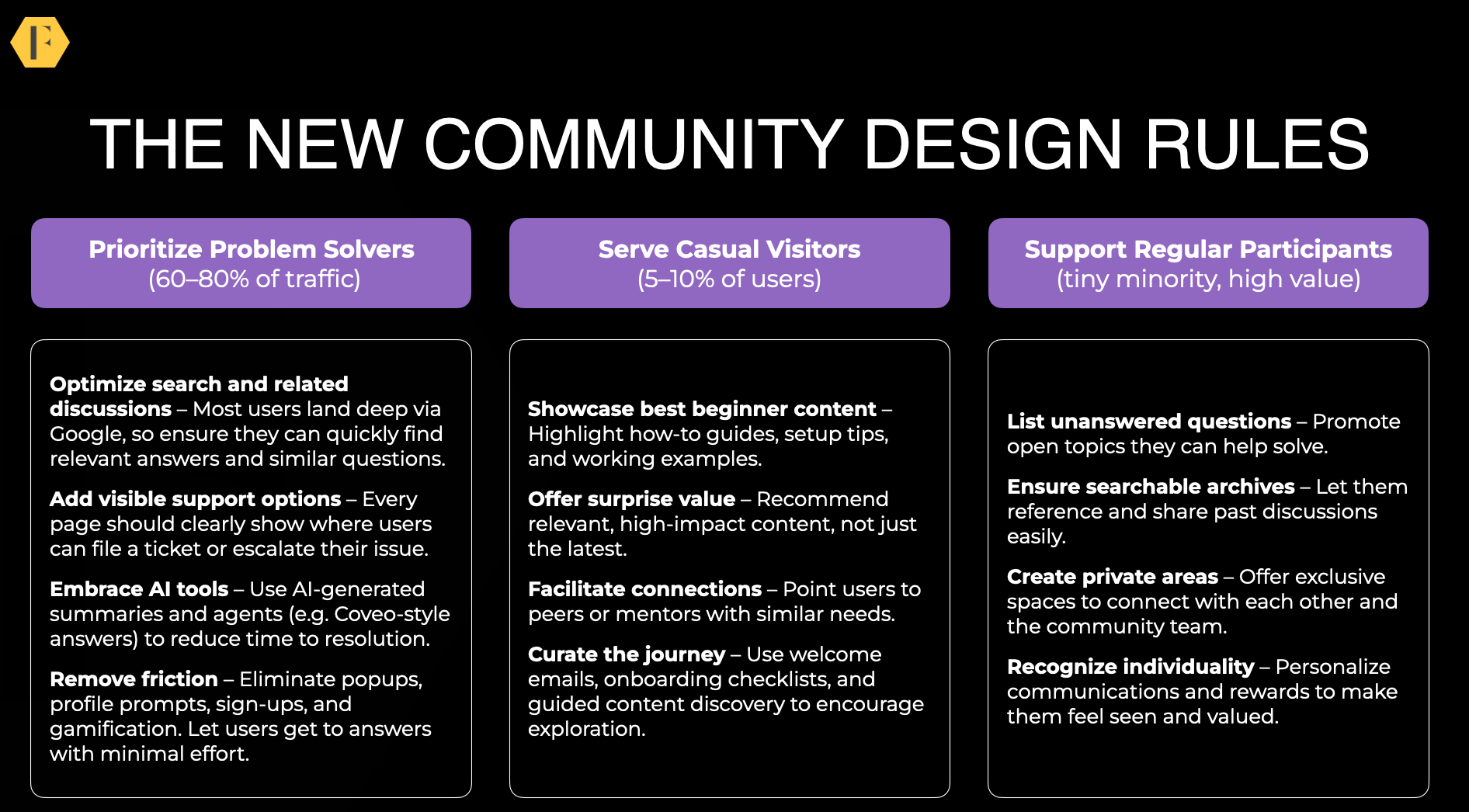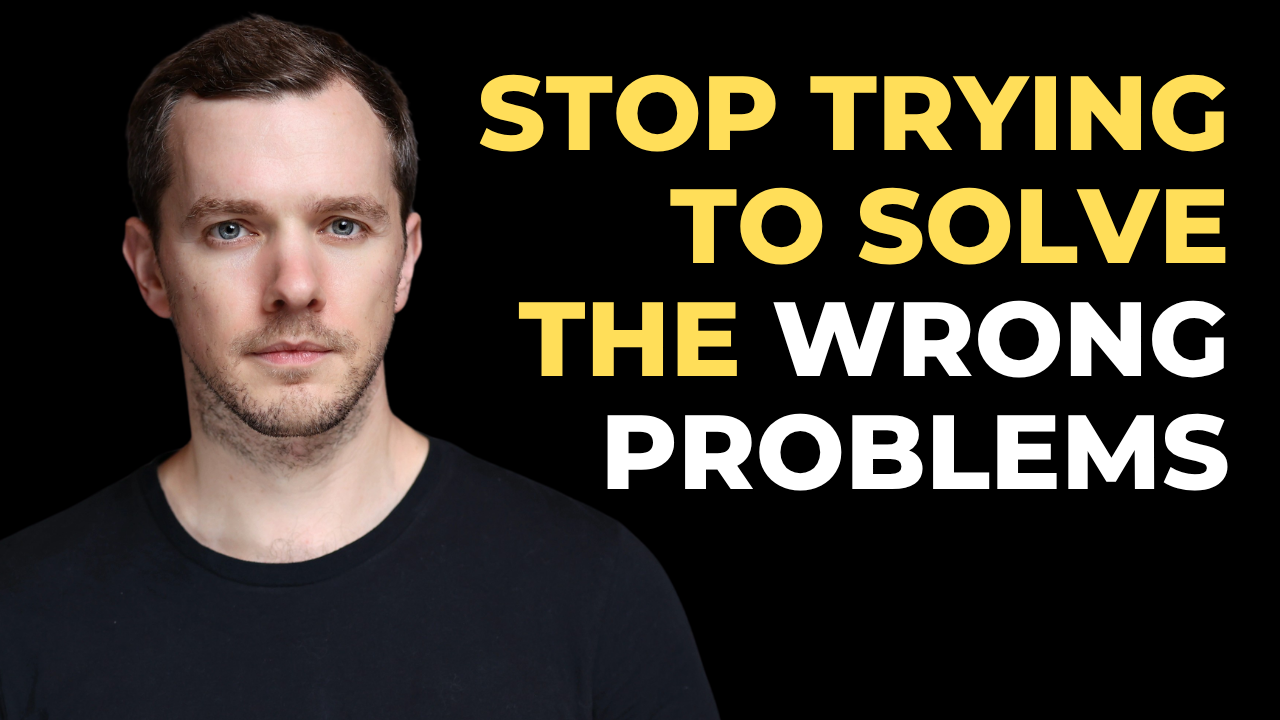I recently posted this on our private mailing list.
It received a significant response, so I’m posting it to a broader group.
Recently we mentioned we had a system that ensured our success ratio was close to 100%
The system is the sum of all our knowledge in linear form. Once you’ve been trained in the system, you can use it to build any number of communities you like.
In this e-mail, blog post(!), I’m going to explain a little more about this system.
The FeverBee System
Our system is successful for two reasons.
First, we don’t work with organizations we don’t think will succeed. If they can’t prove they can progress through this system, we don’t work with them.
I would estimate we’ve turned down several million dollars in work because we don’t believe the community will succeed.
Of the organizations we’ve turned down, none has ever subsequently developed a successful community (as of Jan 2014).
Second, we bring proven social science into the process.
We know the theory of online group development, sense of belonging, motivational appeals, social identity etc. We can use these as useful tools to ensure the community succeeds.
The Simplified FeverBee System
This is a simplified version of the system. We teach it in far more depth during the course.
For simplicity, we’ve removed the platform steps here. We will cover these later.
- Set specific objectives. Establish objectives that increase revenue, reduce costs, or help fulfill the organization’s mission (non-profits). Identify antecedents of these objectives we can measure.
- Community manager. Recruit and train a full-time community manager with a proven background of participation in this sector.
- Budget (min $50k to $100k). Identify and ensure a budget of $50k to $250k is set aside for salary, platform development, and miscellaneous costs.
- Permission and processes. Check there are no internal issues which will derail the community. This is a lengthy list.
- Specific target audience (two qualifiers). Establish an audience cluster with two or more qualifiers (based upon habits, demographics, psychographics).
- Strong common interest (time, money, emotions, or representative). Ensured the community is something we spent a lot of time or money on, is emotionally provocative or represents our identity in some way. Checked the group already talks about this topic.
- Unique type of community. Scan for competitors. Ensure our community is unique. This usually means a hybrid community Practice/Place for example.
- Social acceptance, hope, pleasure (avoid rejection, fear, pain). Ensure the visible goal of the community is to build social acceptance (exclusivity), create a hope for something better, or is based around the pleasure of participation. Alternatively, to avoid something bad happening (or reduce fear that it will).
- Bring in existing habits. Identify what members are doing/saying already and bring these habits in to the community. Create places for them to be done better.
- Establish contacts and credibility. Go through The CHIP Process. Attend events, create content, interact in existing groups/communities, host events, and reach out to people. This helps build a list of 250 prospective members who are familiar with us.
- Identify 250 potential members. Build a list of 250 individuals who have already discussed the topic online in some form.
- Build 50 strong relationships. Reach out, interview, and build strong relationships with 50 prospective founding members.
- Initiate early activity based upon biggest interests. Using the information discovered in the interviews (especially concerning challenges, hopes, fears, aspirations), develop content/discussions for this group. Invite 5 members of the 50-strong group above to participate every day.
- Create ownership opportunities for all 50 members. We invite each member to contribute to the community based upon experience or expertise they possess. They feel valued and gain a sense of ownership over the community.
- Reach 30 successful discussions. This is arbitrary, but this usually means 30 discussions with 5 or more responses. We participate, nudge members to participate, create content about discussions, and do everything we can to ensure we hit 30 successful discussions.
- Build a sense of community. Once we have hit 30 successful discussions, we work tobuild a strong sense of community. We bring the principles of membership, influence, integration of needs, and a shared emotional connection to our work.
- Nurture 10 volunteers. Invite members to build upon their existing contributions by having their own content, group, or other place in the community to they are responsible for. Build an insider group for these individuals.
From this point there is no fixed path. Instead, we put in place a measurement and response system. Thereby you learn how to measure the health, progress, and ROI of the community. Based upon your measurements, you make changes in your actions.
Ensure you’re undertaking all aspects of the community management framework for your stage of the online community lifecycle.
If you want to plan this all out beforehand, you download our community strategy template.
If you want to learn more about the system, sign up for our course.
Registration is open now and will close when all places are taken. At present, almost half the places have been taken within the first week we have about 6 places left.
Also remember we offer a full guarantee if you’re not happy. This puts the burden on us to ensure you get value from the course.





